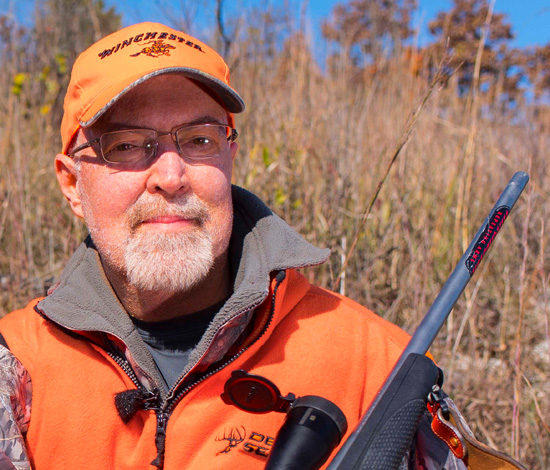When to Wait Before Calling by Grant Woods
Watch this video. You’ve probably already seen it many times in your mind. Notice the time stamp on the video. It’s just after sunrise and this gobbler has already paired with a hen.
This is very common for this time of year in the Midwest. When a tom is with a hen there are a couple of strategies I find successful. The two strategies I use in these situations is to carefully move to an area that’s definitely out of sight of the tom where he’d feel comfortable (open, relatively flat, etc.) approaching or call aggressively to the hen and try to attract her and the gobbler follows her.
Preventing cookies from being stored on your device may interfere with your ability to view video content.
You can adjust your cookie setting by clicking the button below.
It’s relatively easy to decide which strategy to use. When I’m setup in a good area (fairly open and flat) I’ll call aggressively to the hen that I either hear or assume is with the stationary gobbler. The tom will normally give a courteous gobble to my calls but doesn’t budge from the area he is strutting.
If the hen answers with aggressive calls and comes closer I keep calling – mimicking the sounds she makes or even calling a bit more aggressive. If the hen comes to the calls the gobbler will usually follow.
If the hen doesn’t aggressively return my calls I simply remain quiet or call infrequently. My mission is to simply keep the tom’s attention and be prepared to call more aggressively once the tom signals he’s tended all the hens at his strut area He will signal this by cutting my calls with gobbles and obviously responding by coming much closer to my position. This may mean I stay put and call infrequently for an hour or more.
Learning to adjust hunting strategy based on the current circumstances of the game is a huge reason for success!
Chasing toms together,
Grant




